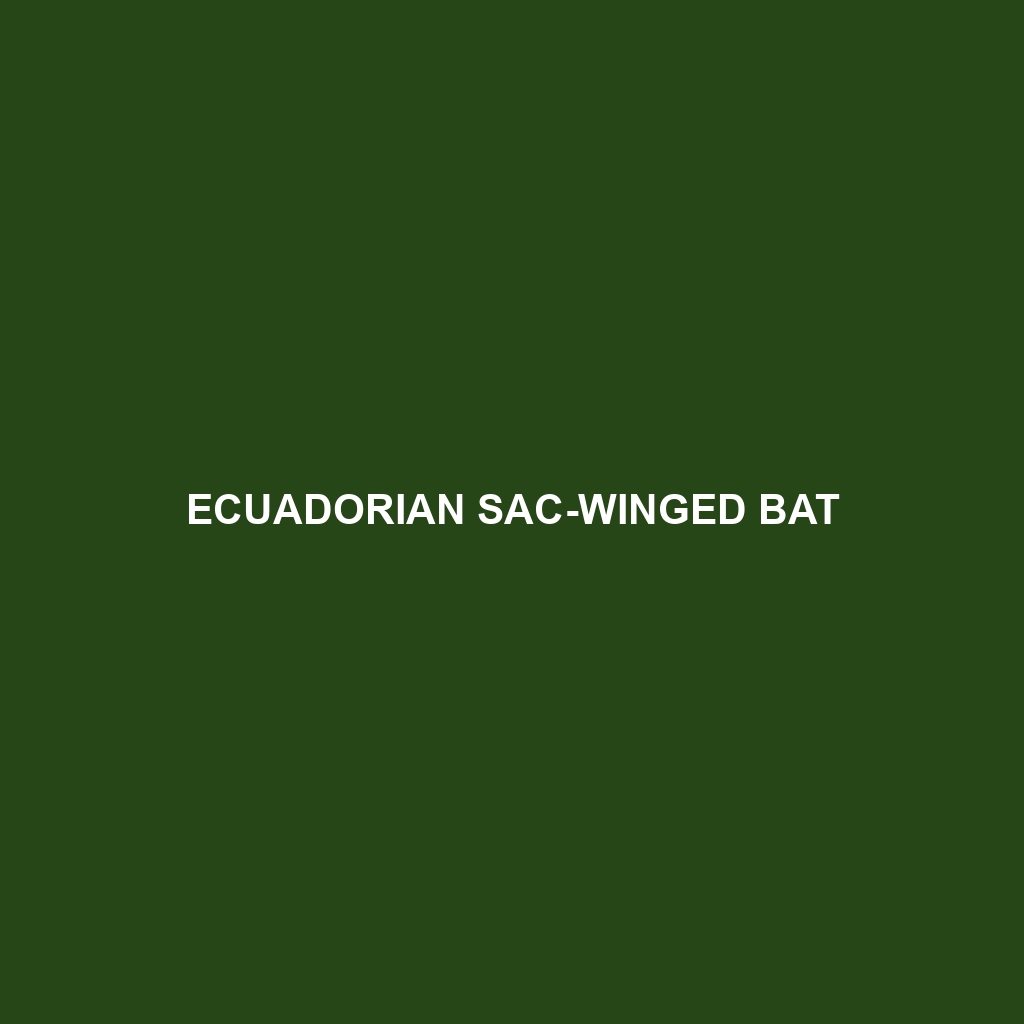Muscat Mouse-tailed Bat: A Comprehensive Overview
Common Name: Muscat Mouse-tailed Bat
Scientific Name: Rhinopoma muscatellum
Habitat
Muscat Mouse-tailed Bat is primarily found in the arid and semi-arid regions of the Middle East, particularly in countries such as Oman, the United Arab Emirates, and parts of Saudi Arabia. These bats thrive in rocky areas, caves, and abandoned buildings, which provide necessary shelter for roosting and breeding. Their habitat typically features warm temperatures and low humidity, reflecting their adaptation to desert environments.
Physical Characteristics
The Muscat Mouse-tailed Bat is medium-sized, measuring approximately 8-10 cm in body length with a wingspan of around 25 cm. They are characterized by their unique mouse-like tail, which extends beyond the tail membrane, giving them a distinctive silhouette. Their fur is generally light brown to beige, with a softer, paler underside. Notable features include large ears and elongated fingers, which aid in their echolocation abilities.
Behavior
Muscat Mouse-tailed Bats exhibit nocturnal behavior, emerging at dusk to forage for insects. They are known for their agile flight and often fly in erratic patterns to capture prey in mid-air. Socially, they may roost in small colonies, allowing for cooperative social behaviors and communication through vocalizations. Their echolocation skills are essential for navigation and hunting in dark environments.
Diet
The diet of the Muscat Mouse-tailed Bat primarily consists of insects, particularly moths, beetles, and flies. They have adapted to hunt in arid landscapes where insect populations can be sporadic. Their foraging strategies often involve catching prey in flight, utilizing their sharp vision and advanced echolocation techniques to locate and capture food.
Reproduction
Breeding typically occurs in late spring, with female Muscat Mouse-tailed Bats giving birth to one or two pups after a gestation period of approximately 45 days. These bats exhibit maternal care, with mothers nursing their young until they are capable of independent foraging. Offspring are usually weaned by the time they are four to five weeks old and are fully fledged shortly thereafter.
Conservation Status
The current conservation status of the Muscat Mouse-tailed Bat is classified as **Vulnerable** due to habitat loss and degradation from urban development and agriculture. Conservation efforts are essential to ensure the survival of this species, particularly in areas where their roosting habitats are being negatively impacted.
Interesting Facts
– The Muscat Mouse-tailed Bat is known for its unique appearance, particularly its long tail, which is rare among bats.
– They play a crucial role in controlling insect populations, which helps maintain ecological balance in their desert habitats.
Role in Ecosystem
The Muscat Mouse-tailed Bat plays a vital role in its ecosystem by acting as a natural pest control agent. By feeding primarily on insects, they help regulate insect populations, which can otherwise have adverse effects on agriculture and human health. Their presence also serves as an indicator of ecosystem health, reflecting changes in biodiversity and environmental quality.
